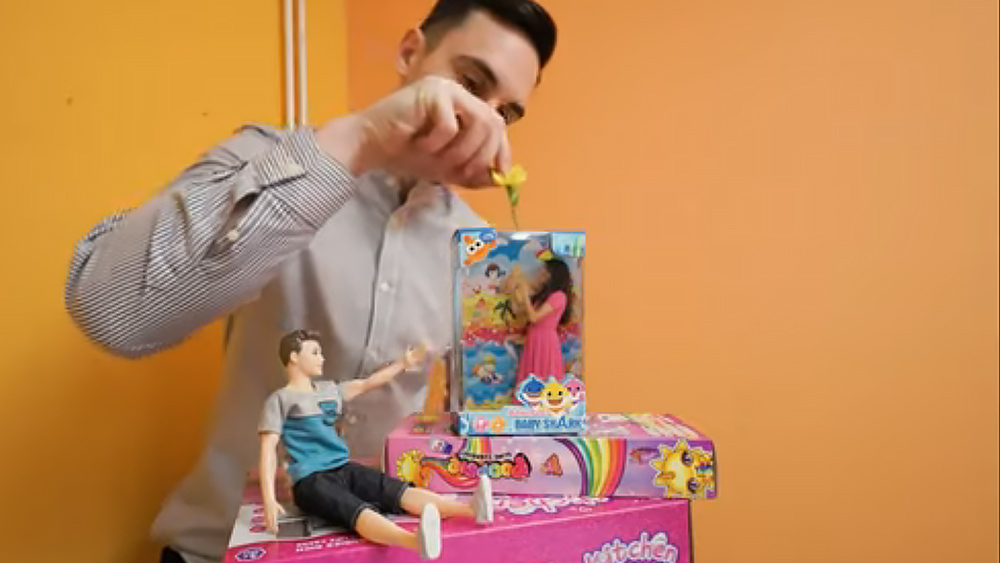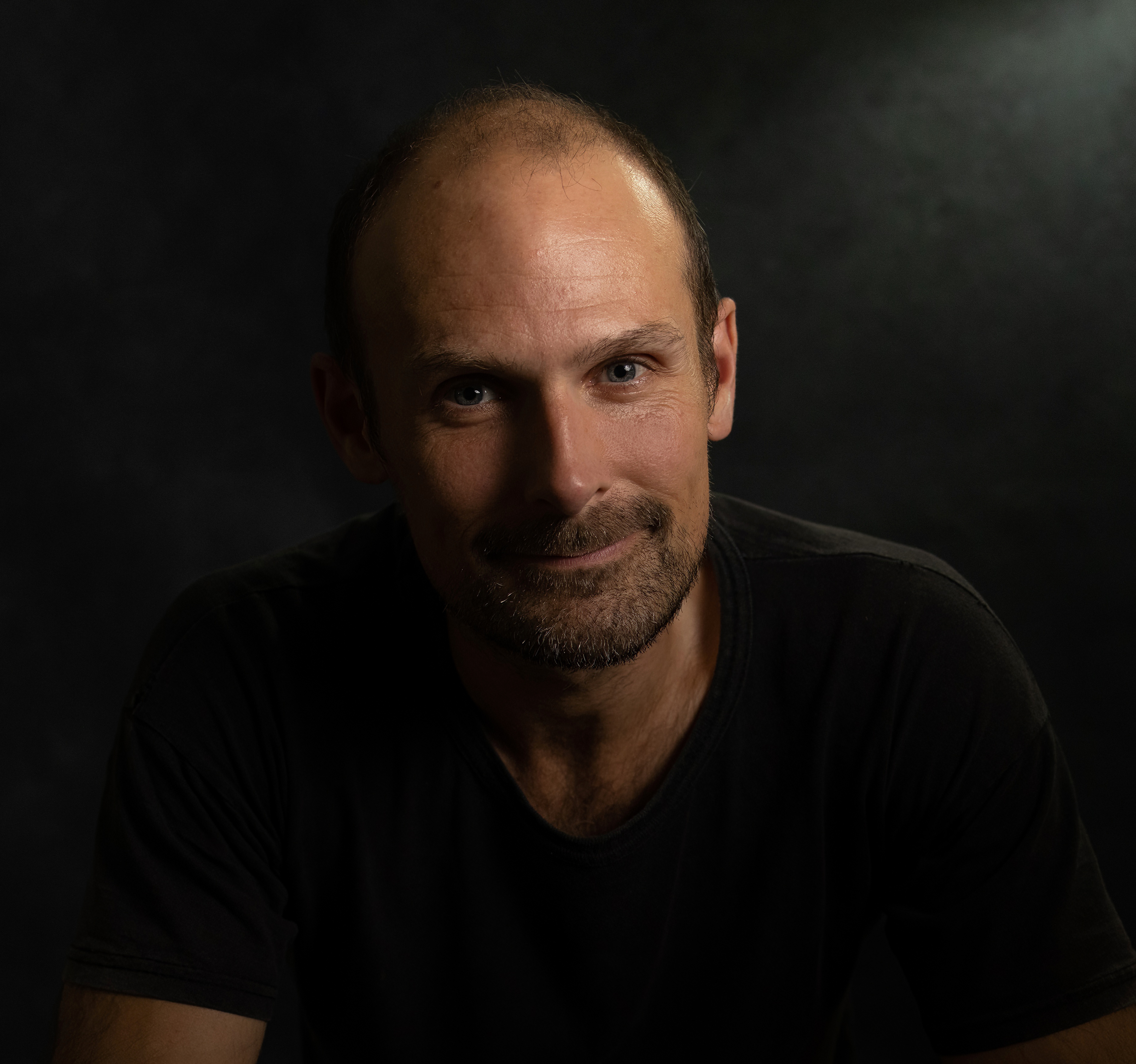This ingenious old-school optical illusion had me totally baffled

Forget that AI action figure trend. Using an optical illusion to make someone look like a doll trapped in toy packaging is much more creative.
When I first saw the video below, I thought there must be some kind of digital manipulation involved using the best video editing software, but not so. The clever visual trick is much more old school. It's just come second in the Best Illusion of Year Contest, and I'd say it also deserves a place in our own roundup of the best optical illusions.
At first it looks like a girl is trapped inside a life-size doll box, but then a young man approaches and walks behind the box, making it now seem the girl really is the size of a toy doll.
Dubbed 'Dollusion', the elaborate piece of visual deception was created by Duška Milosavljević from Serbia using a variant of forced perspective. As the video above reveals, it's all the result of some good old-fashioned mirror trickery. Placed on the front side of the toy box, the mirror reflects the image of the girl, who is actually in the opposite corner of the room.
To complete the illusion, a large picture replicating the inside of the doll packaging is placed behind the girl’s back. And when the man drops a small flower behind the mirror in front of the camera, a similar but much larger flower is passed to the girl from above by the third person who remains out of sight.
So if the doll illusion only won second place, who was this year's winner? Well, it's a variation on an absolute classic.
The overall winner of Best Illusion of the Year was The Static Spin by Saleeta Qadir and Bernhard Egger of Germany. The classic spinning ballerina optical illusion (or the rotating horse version) leaves viewers confused about what direction the subject is turning. But in Saleeta and Bernhard's illusion, the dancer isn't actually moving at all.
Daily design news, reviews, how-tos and more, as picked by the editors.
The subject is still, but subtle shifts in her contours create a perception of 3D motion. In this case, there was some AI involved: the creators of the illusion used AI to add depth information that alters how fast each section of the image moves depending on its distance. The creators say it's possible to control the speed and direction of the illusion by changing just a few variables.
The Illusion of the Year Contest is run by the Neural Correlate Society and sponsored by the Museum of Illusions. Previous winners include that clever Harry Potter optical illusion that replicated the wonder of Platform 3/4.
You can see more from the competition on the Best Illusion of the Year website.

Joe is a regular freelance journalist and editor at Creative Bloq. He writes news, features and buying guides and keeps track of the best equipment and software for creatives, from video editing programs to monitors and accessories. A veteran news writer and photographer, he now works as a project manager at the London and Buenos Aires-based design, production and branding agency Hermana Creatives. There he manages a team of designers, photographers and video editors who specialise in producing visual content and design assets for the hospitality sector. He also dances Argentine tango.
You must confirm your public display name before commenting
Please logout and then login again, you will then be prompted to enter your display name.


